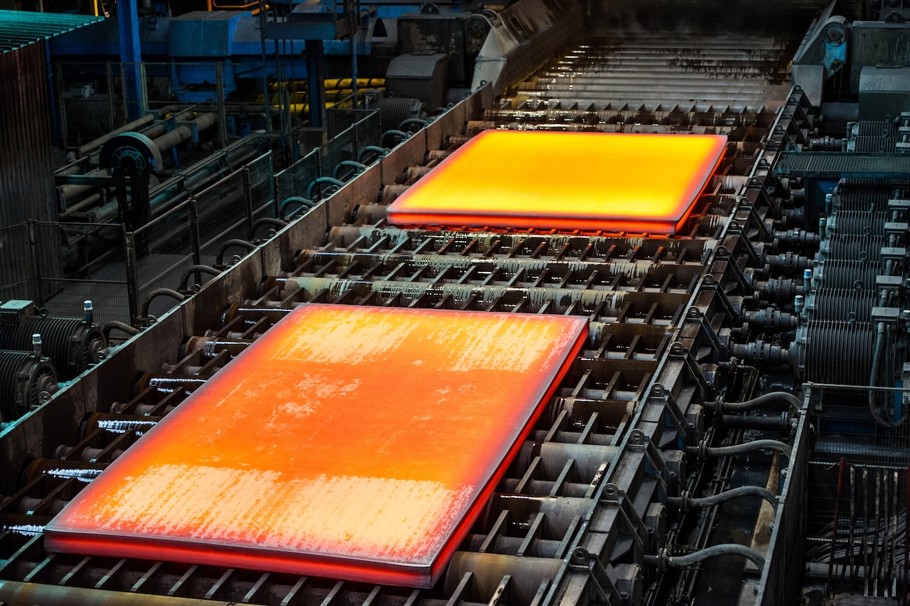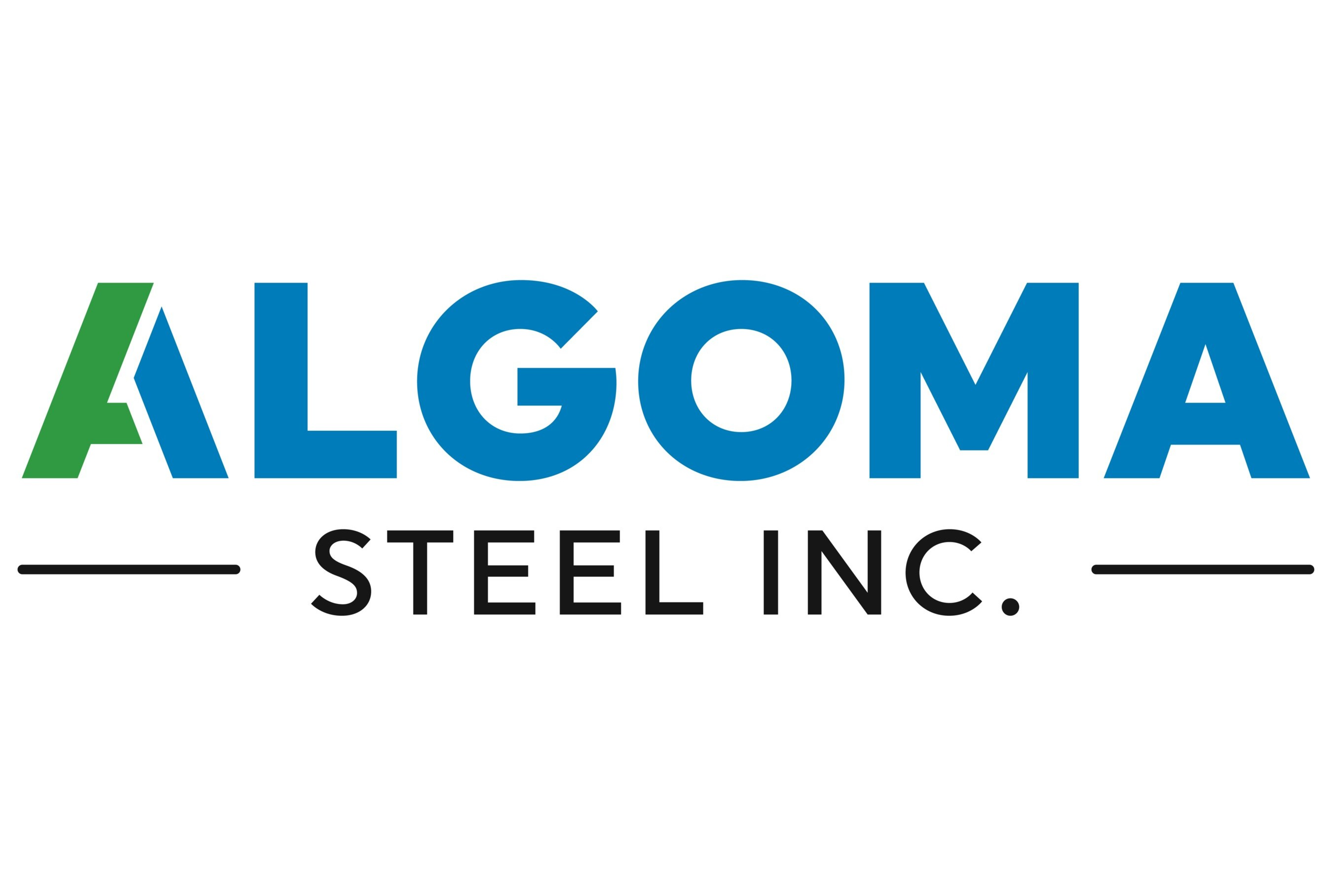Market Segment
April 27, 2023
Cliffs Plans Burns Harbor BF Reline for 2025
Written by Ethan Bernard
Cleveland-Cliffs is planning a blast-furnace reline at its Burns Harbor operations in northwest Indiana in 2025, a company executive said.
Discussing capital expenditures on a Q1 earnings conference call with investors on Tuesday, Cliffs EVP and CFO Celso Goncalves said the company expected cap-ex ~$700 million in 2023-24.
“Now when you get to 2025 and beyond, and then you have some additional relines and things like that, it could increase again,” Goncalves said. He then confirmed the Cleveland-based steelmaker was targeting a blast-furnace reline at Burns Harbor in 2025.
The plant, Cliffs’ second-largest US facility, has two blast furnaces, and can produce nearly 5 million net tons of raw steel annually, according to Cliffs’ website.
The two blast furnaces, C and D, each have 7,400 tons of daily iron-making capacity, according to SMU’s blast furnace data.
A spokesperson for Cliffs did not respond to a request for additional detail.
By Ethan Bernard, ethan@steelmarketupdate.com







